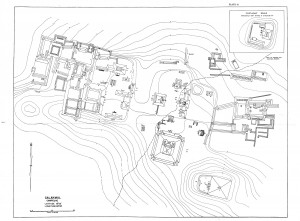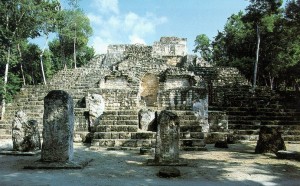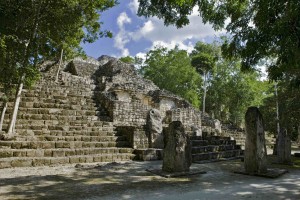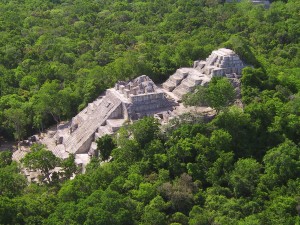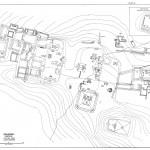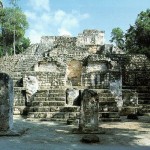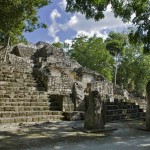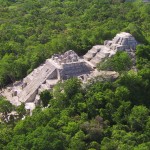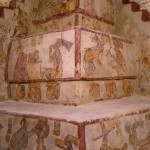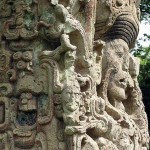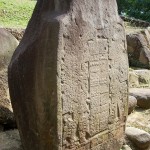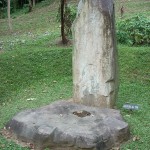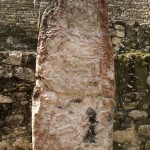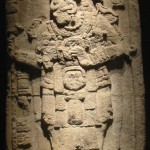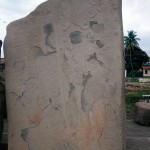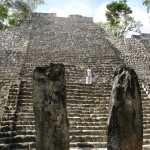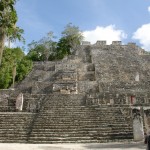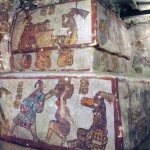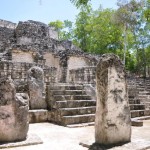Written by Soudip
June 18th 2015Other Places
You Are Here
Home > Mexico > Monuments of Tlacotalpan Historical Facts and PicturesCalakmul Historical Facts and Pictures
The archeological site of Calakmul (a Maya word for the City of the Two Adjacent Pyramids) is situated in the state of Campeche in southern Mexico. It comprises the remains of an ancient Maya city and is set deep in the protected tropical forests of Peten Basin. Its well-preserved structures give a clear picture of the life of people in this prehistoric Maya capital.
History
Excavations in the region have revealed that the sizeable Preclassic city of Calakmul persisted until the Classic Period, and it has an important occupational history. It was connected with other cities including El Tintal, Nakbe, and El Mirador by a causeway network, suggesting that it had strong political links with the powerful cities of that era. During the 7th century when Calakmul was at its peak, its polity was called Kan. Epigraphical studies at the site have shown that, before the 7th century, Calakmul used a bat emblem glyph and not a snake. During the 8th century, the presence of Calakmul in the Maya area waned with the defeat of its two major allies El Peru and Naranjo.
Calakmul Ruins
The site core with an area of 2 square kilometers consists of the remains of around 1000 structures, but its periphery comprises roughly 6250 structures, all of which were constructed with a soft limestone.
Structures
- Structure I (also Structure 1): It is a 160 ft (50 m) high pyramid situated at the eastern side of the core area, consisting of numerous stelae that were erected by Yuknoom Took’ K’awill.
- Structure II (also Structure 2): It is a huge pyramid temple, which consists of a triadic pyramid (Structure 2A) as the core. Three new shrines in the form of Structures 2B, 2C as well as 2D were constructed upon a massive extension during the Early Classic.
In addition to these buildings, the site also includes Structures 3, 4,5,6,7, and 8 that served as palaces, temples, as well as astronomical complex.
- Calakmul Map
- Calakmul
- Calakmul Pictures
- Calakmul Top View
- Calakmul Murals
- Calakmul Sculpture
- Calakmul Stela 5
- Calakmul Stela 18
- Calakmul Stela 43
- Calakmul Stela 51
- Calakmul Stela
- Calakmul Structure I
- Calakmul Structure II
- Mural of Calakmul
Artifacts
The archeological site has 117 carved stelae, most of which occur as a paired set depicting the kings and their wives. Many murals with intricate depictions of market scenes of common people consuming or preparing products were also discovered at the site. The ceramic remains found at the site are also important resources to the archeological understanding of Maya art and culture.
- Stela 9: A thin slate structure dating back to 662 with texts describing the birth of Yuknoom Yich’aak K’ak’.
- Stela 43: Constructed in AD 514, it was put in an arched chamber in Structure 2.
- Stela 51: The most well-preserved monument found at the site, depicting Yuknoom Took’ K’awill.
- Stela 114: Constructed in AD 435, the stela with a long hieroglyph was moved and reset in Structure 2.
Category
MexicoWritten by Soudip
June 18th 2015









